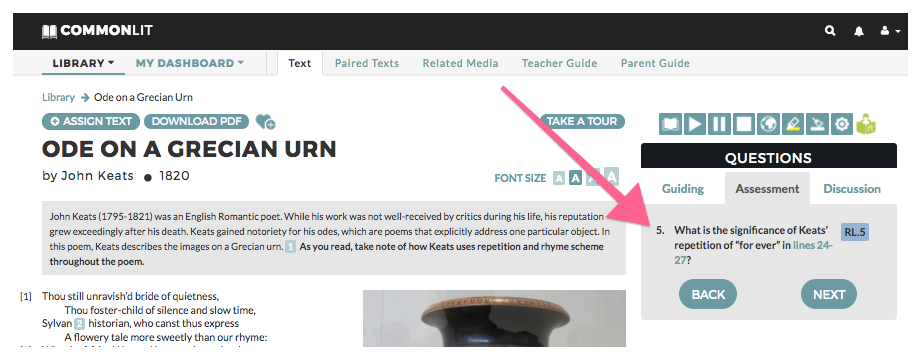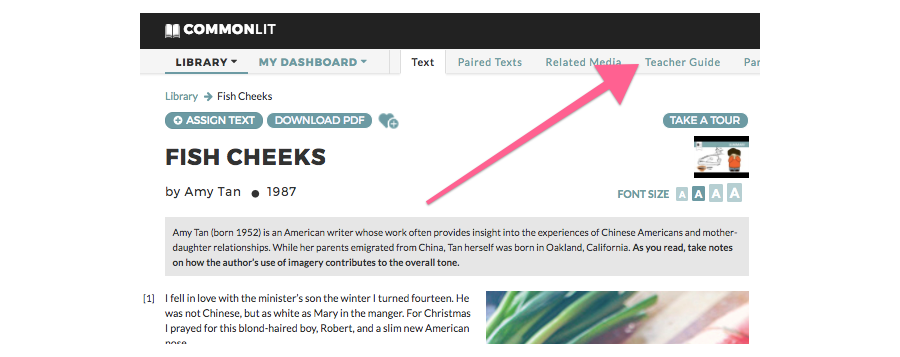In this guest teacher post, Tammy Anfang describes a writing framework to improve student learning.
Making the Invisible Process of Reading and Responding Visible
About ten years ago when I taught my first Special Education inclusion class, one of my 7th grade students approached me and asked, directly and honestly, “When you tell us to visualize or ‘play the movie in our minds’ when we read, how do I do that?” I stood there and thought to myself, “You just do it.”
At that moment I realized I needed to shift my mindset from telling students “what to do” to showing students the steps that are required to master a process. This is something that Kylene Beers points out in When Kids Can’t Read: What Teachers Can Do (2003). She says that, “These students, more than any others, need activities that bring the invisible process of comprehending to the visible” (175).
In this post, I’m going to talk about one of my favorite strategies for making the process of reading comprehension visible through short-answer writing. By using visual aids and teacher modeling, you can show your students how to express their understanding of a text.
The visual aid strategy that tends to work well with my students is called ACE. It stands for:
Answer
Cite
Explain
This concrete format visibly directs students to break down what the question is asking, what they need to consider when constructing a response, and how it connects to the bigger picture of the text. For extended response questions, modeling the ACE format will help students develop solid, evidence-based written responses that demonstrate a deeper analysis of the text. Students are reminded to go back to the text to identify “how” they know the answer and to consider the “so what?” while they learn to write clearly and concisely.
Explaining this to kids is not enough, though. To make this idea come alive, I create a poster I display in my classroom that students can reference during all of our writing activities.

For my higher level students, they may need to just glance casually at this poster throughout a writing assignment. However, my most struggling students benefit from a digital or paper-based handout that has the sentence starters already written. This allows students to focus on the content of their writing without worrying about the formatting.
With these tools or scaffolds in mind, now I’m ready to give my students some practice. CommonLit’s assignments are perfect for this because CommonLit texts offer evidence-based writing questions.

Using CommonLit’s Exemplar Answers
The ACE format is modeled in most of the CommonLit short-answer exemplar responses. You can find these either in the Teacher Guide or on the grading page for each assignment.

Check out the exemplar for Amy Tan’s “Fish Cheeks” question #6. It suggests students answer the question, cite an additional direct quotation they can include for evidence, and model how to extend/explain the “big idea” or message of the story.
Giving Students Feedback
When I comment on a student’s written response in CommonLit, I can immediately provide descriptive feedback that addresses the content as well as the ACE format requirements.
This ACE strategy provides all students, and especially struggling readers and writers, with tangible resources and concrete methods to bridge the abstract constructs of critical reading and writing.
Tammy Anfang is a 7th grade language arts teacher at Crestwood Middle School. She has been published in the Ohio Journal of English Language Arts and has presented on making student comprehension visible at the National Writing Project “Write Here, Write Now” conference.


